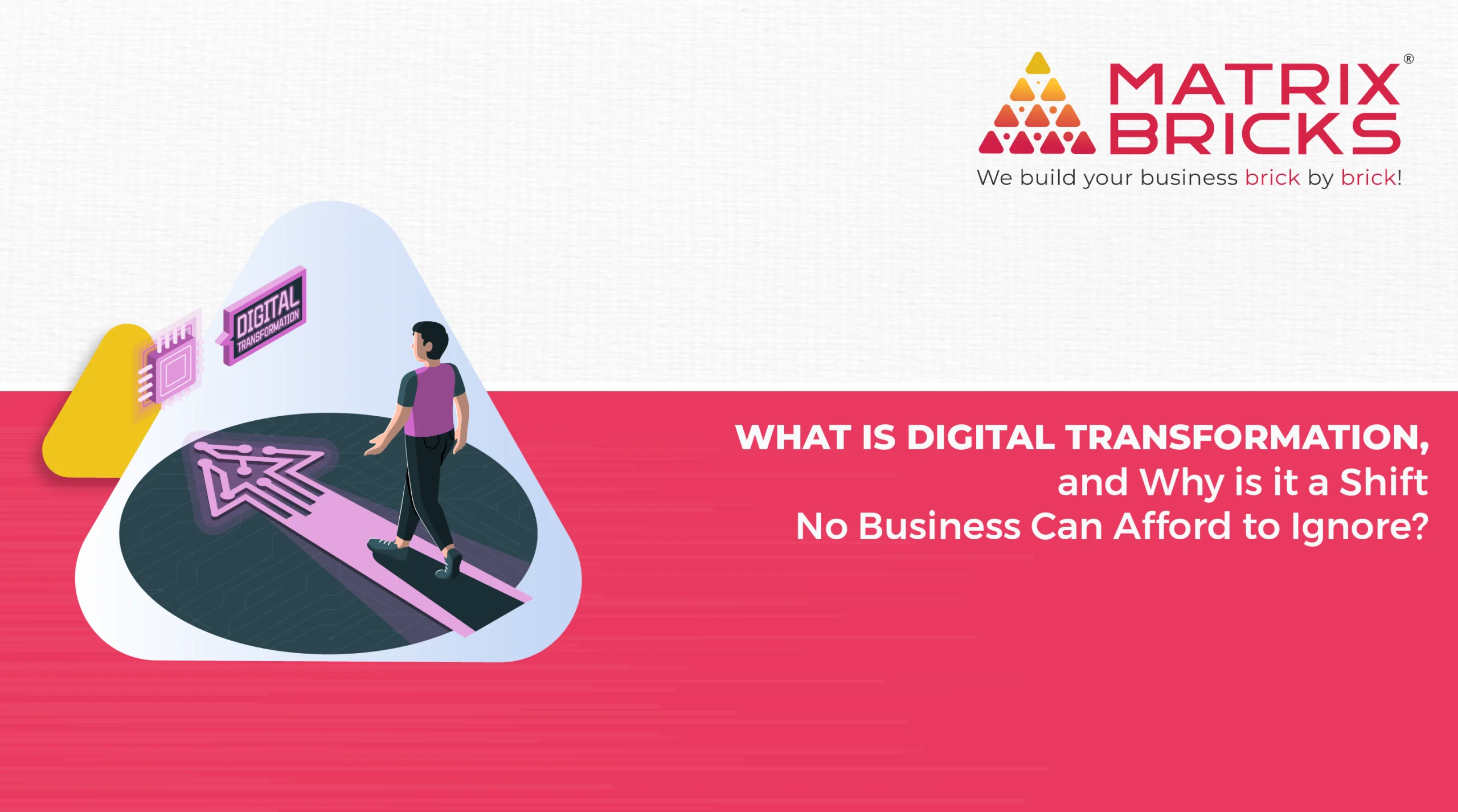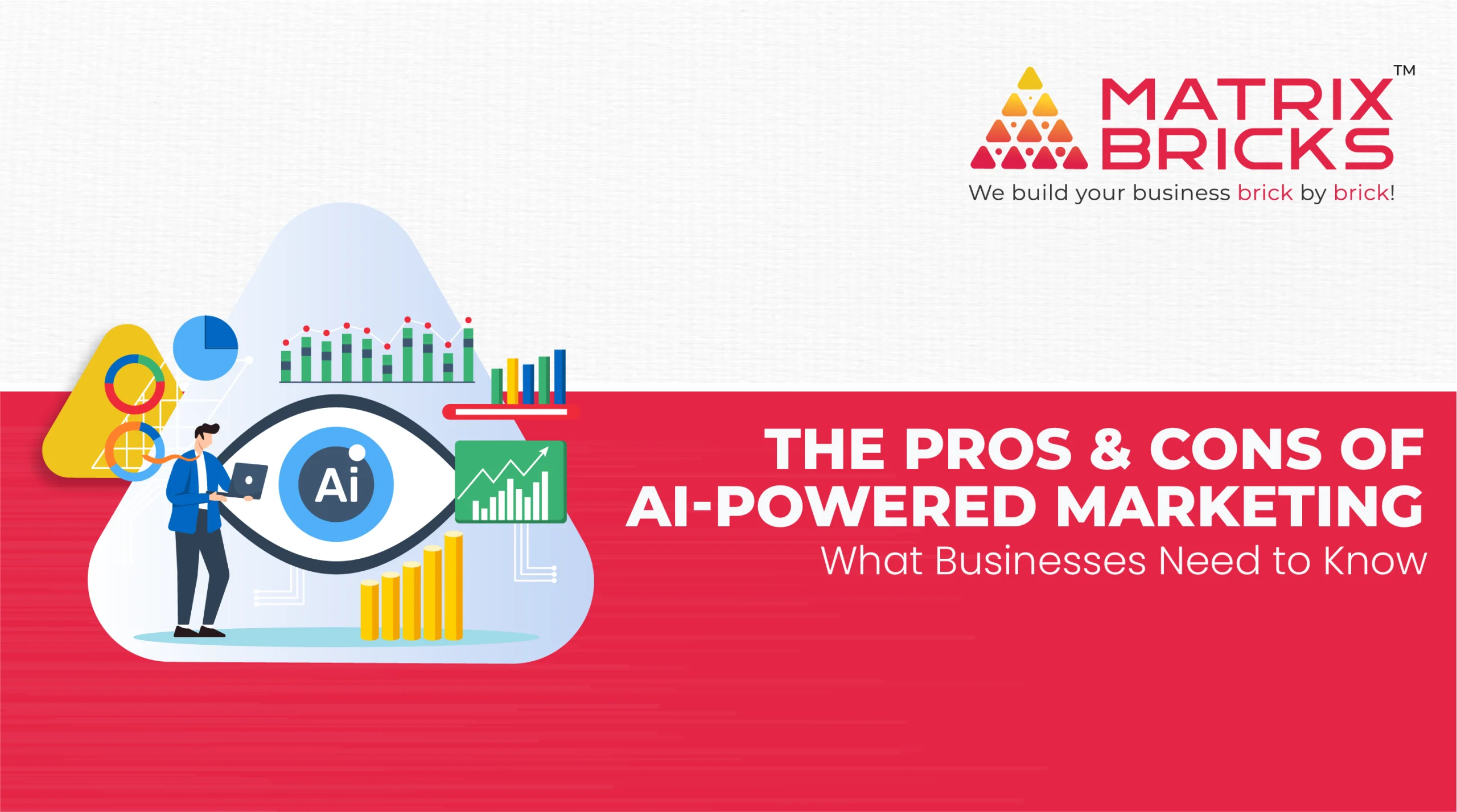
Have you ever wondered why some companies effortlessly adapt to change while others struggle to stay afloat? The answer often lies in how they implement digital transformation.
From startups in Bengaluru to manufacturing units in Pune and traditional businesses in Delhi, companies across sectors embrace this shift to stay relevant and competitive. With the rise of digital-first consumers, cloud technology, and automation, the need to evolve has never been more pressing.
This blog will demystify the concept of digital transformation, explain why it’s essential for your business, and guide you through its benefits, challenges, and actionable steps. Whether you’re just starting or already on your digital journey, you’ll find valuable insights tailored to the Indian business context.
Digital transformation is not limited to the IT sector. Even industries like agriculture, logistics, and healthcare are embracing it to create smarter, more sustainable systems. The impact is widespread, reaching rural and urban areas alike.
Entrepreneurs are uniquely positioned to harness digital transformation to leapfrog traditional limitations. With the right strategy, it can redefine how businesses operate, serve customers, and innovate.

What is Digital Transformation?
Simply put, digital transformation process of incorporating digital technologies into every aspect of a company, altering how it runs and provides value to clients. It’s not just about adopting new tools; it’s about rethinking old processes, embracing innovation, and becoming more agile.
Key Components of Digital Transformation:
- Technology Integration: Leveraging cloud computing, AI, IoT, and data analytics to improve operations.
- Process Optimisation: Streamlining workflows with automation and intelligent systems.
- Cultural Change: Encouraging a mindset of continuous learning and adaptability among employees.
It’s an ongoing process rather than a one-time change—requiring a blend of the right tools, leadership, and culture.
It is a journey of reimagining business models and value chains. Every department, from HR to finance, can benefit from digital enablement. When done correctly, it becomes a strategic driver rather than a tech upgrade.
In the Indian context, this transformation must also be inclusive—bridging digital divides and ensuring access for diverse customer bases across geographies and income levels.
Why is Digital Transformation Crucial for Indian Businesses?
With increasing smartphone penetration, affordable internet, and the rise of digital payment platforms like UPI, the Indian market is ripe for transformation.
1. Improved Operational Efficiency
Digital tools can automate repetitive tasks, reduce manual errors, and improve overall productivity. For instance, ERP systems in manufacturing or CRM platforms in retail help streamline business functions.
2. Enhanced Customer Engagement
Today’s customers expect seamless online experiences. Digital transformation in business allows to offer personalised interactions through chatbots, social media, and mobile apps—making customer service faster and more responsive.
3. Access to Data-Driven Insights
With digital tools, businesses can collect and analyse data to gain insights into customer preferences, sales trends, and market behaviour—enabling better decision-making.
4. Scalability and Agility
Cloud Security based solutions let businesses scale quickly without heavy upfront investments in infrastructure.
5. Competitive Edge
Companies that adopt digital transformation strategy gain a clear advantage over slower-moving competitors. It opens the door to innovation, speed, and customer-centricity.
Common Challenges Faced During Digital Transformation
While the benefits are clear, many Indian businesses face hurdles in their digital journey.
1. Resistance to Change
Employees may fear automation will replace jobs or struggle to adapt to new tools. Addressing these concerns through training and transparent communication is crucial.
2. Budget Constraints
Especially for MSMEs, investing in digital tools can be daunting. However, scalable, subscription-based models now make transformation more accessible.
3. Lack of Skilled Workforce
There’s a growing need for talent in data science, cloud computing, and cybersecurity. Partnering with IT service providers or upskilling in-house teams can bridge the gap.
4. Cybersecurity Risks
Going digital increases exposure to data breaches. Implementing strong security measures and compliance protocols is non-negotiable.
5. Unclear Strategy
Some businesses adopt technology without a clear roadmap, resulting in fragmented efforts. A well-defined strategy is a must to achieve business goals is key.

Steps to Begin Your Digital Transformation Journey
Digital transformation isn’t a one-size-fits-all solution. Here’s a methodical way to get going:
1. Assess Your Current State
Identify areas where technology can bring immediate value—be it customer service, logistics, or finance.
2. Set Clear Objectives
Whether it’s improving efficiency, expanding market reach, or enhancing customer satisfaction, align your goals with business outcomes.
3. Choose the Right Technology
Avoid chasing trends. Instead, select solutions that fit your business model—like cloud CRM, AI-powered chatbots, or inventory management software.
4. Invest in Training
The effectiveness of digital tools depends on the users. Offer regular training to ensure adoption and proficiency.
5. Measure and Iterate
Track progress using KPIs, such as revenue growth, process efficiency, or customer feedback. Regularly revisit and refine your strategy.
Real-World Examples of Digital Transformation in India
- Retail: Local kirana stores integrating with platforms like JioMart or Amazon to reach wider audiences.
- Banking: Traditional banks offering digital-only services and mobile apps to serve remote customers.
- Healthcare: Telemedicine platforms connecting doctors and patients across geographies.
- Education: EdTech platforms enabling remote learning for students across India.
These examples show how digital transformation bridges gaps, improves access, and fosters innovation.
Future Trends in Digital Transformation
The landscape of digital transformation will change as technology does. Here’s what to watch:
- AI & Machine Learning: More personalised customer experiences and predictive analytics.
- 5G Rollout: Faster, more reliable internet will enhance mobile experiences.
- Blockchain: Improved financial and supply chain security and transparency.
- Sustainability Tech: Eco-friendly digital practices becoming standard.
Staying updated with these trends ensures your business remains ahead of the curve.
Conclusion: Embrace the Future Today
In an era where change is the only constant, digital transformation is not just an option—it’s a necessity. For Indian businesses, it offers a chance to leapfrog traditional barriers and compete on a global stage.
Whether you run a family-owned enterprise or a fast-growing startup, embracing digital tools can unlock new levels of efficiency, innovation, and customer satisfaction. Don’t wait for disruption to hit—proactively shape your future by starting your digital journey today.
If you’re unsure where to begin, consult a trusted technology partner to guide you through the process. The right strategy can turn challenges into opportunities and ensure your business not only survives but thrives.
FAQs
1. What are some examples of digital transformation in India?
Examples include digital banking, e-commerce integrations for local stores, online learning platforms, and telemedicine services.
2. Is digital transformation only for large companies?
Not at all. SMEs and even micro-enterprises in India are benefiting from affordable digital tools tailored to their needs.
3. How long does digital transformation take?
It varies by business size and goals. Some changes are quick wins, while others may take months or even years.
4. What technologies are most important in digital transformation?
Key technologies include cloud computing, data analytics, AI, machine learning, and mobile platforms.
5. How can my company get past its objections to digital transformation?
Focus on communication, involve employees in the process, provide training, and celebrate small wins to build momentum.




